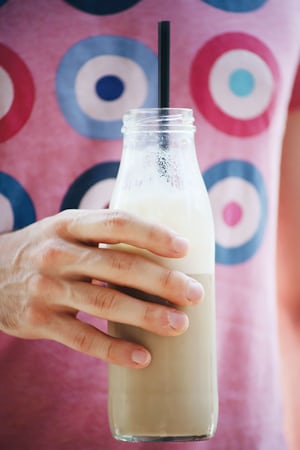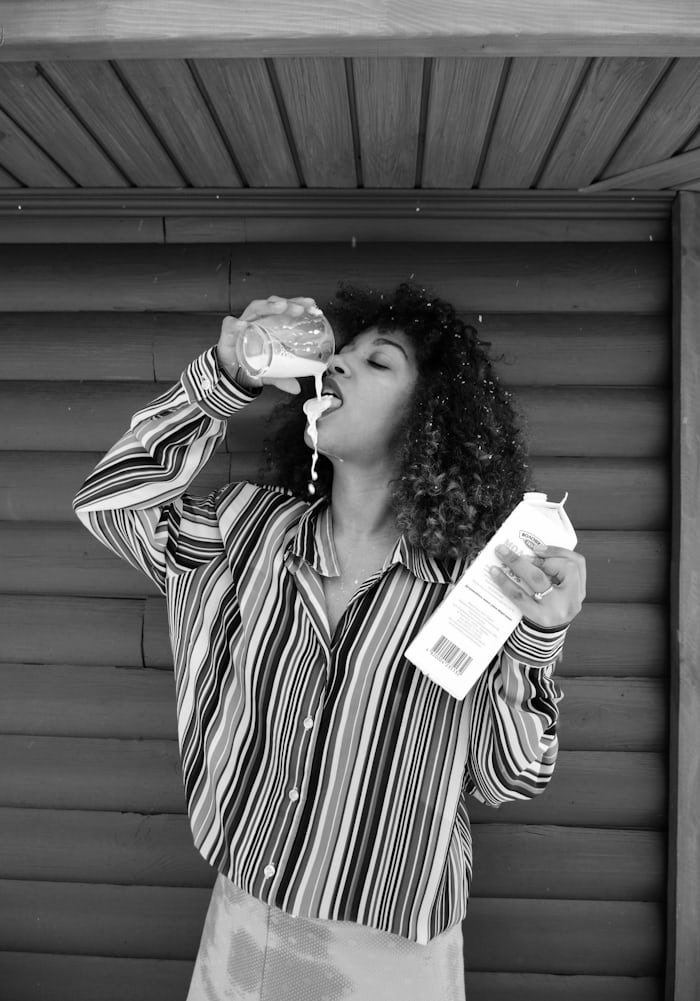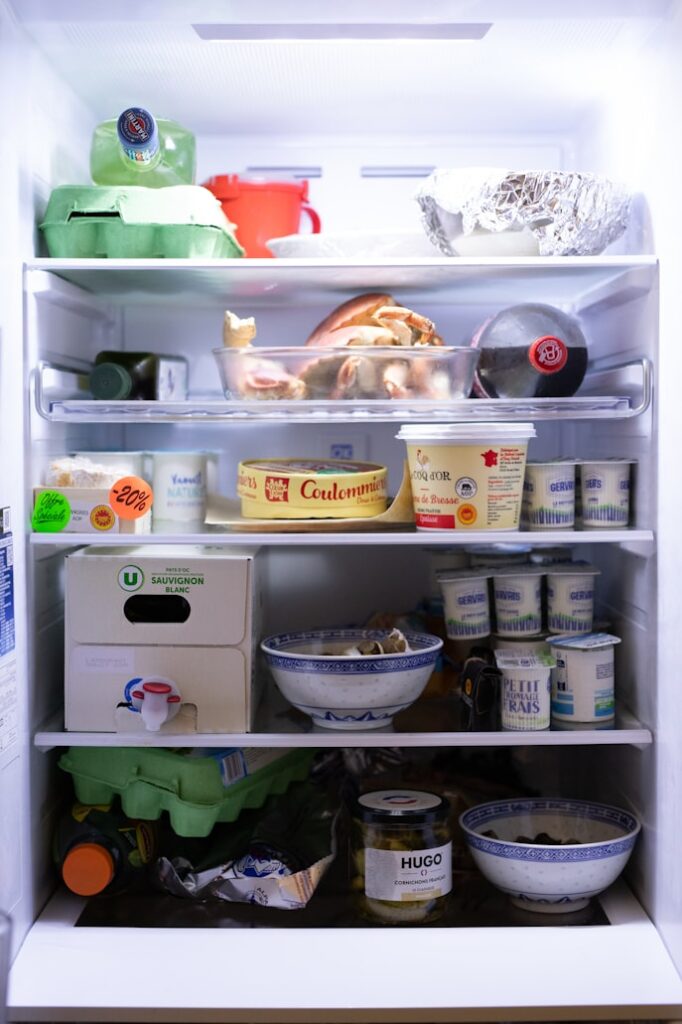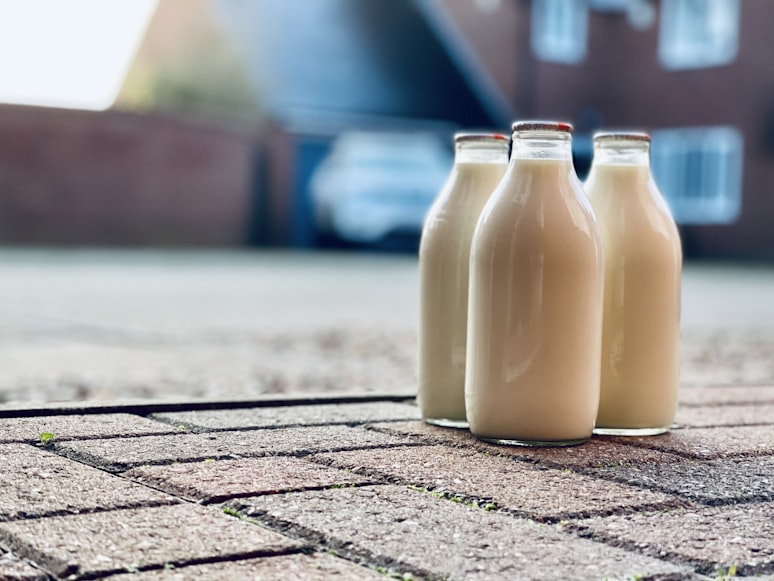It’s a scenario many have experienced – you take a sip of milk only to realize a second too late that something tastes off. You’ve accidentally drank spoiled milk. While the taste alone might be unpleasant, the question that often follows is whether it could make you sick.

Spoiled milk contains bacteria that develop as milk breaks down, potentially leading to symptoms like nausea, cramps, and diarrhea. Understanding what steps to take immediately and when to seek medical help can help you navigate any discomfort and prevent future mishaps with milk storage.
Table of Contents
Immediate Reactions to Drinking Spoiled Milk
Accidentally drinking spoiled milk happens more often than we’d like to admit. Whether it’s a hurried gulp in the morning or an unnoticed expiration date, drinking spoiled milk can lead to some unwelcome symptoms. Knowing what actions to take after accidentally drinking spoiled milk can help you minimize discomfort and prevent any potential health issues.
Signs of Spoiled Milk
Before you accidentally drink spoiled milk, it’s useful to know how to spot it. Spoiled milk often has a sour smell, thicker consistency, and an unpleasant, sour taste. Visible clumps or discoloration also indicate spoilage. If you notice any of these signs, discard the milk to avoid accidental consumption.
Immediate Actions to Take
If you accidentally drank spoiled milk, the first thing to do is to rinse your mouth with water to remove any lingering taste and bacteria. Drinking a small amount of water can also help dilute the spoiled milk in your stomach, though it’s best to avoid overdrinking to prevent further discomfort.
Possible Symptoms
After someone accidentally drinks spoiled milk, they might experience symptoms like nausea, stomach cramps, or diarrhea. These symptoms are typically mild and short-lived, but they can be uncomfortable. The severity often depends on the amount consumed and the level of spoilage. For most people, symptoms resolve within a few hours.
When to Seek Medical Help
In most cases, drinking spoiled milk isn’t dangerous and will pass with mild symptoms. However, if you accidentally drank spoiled milk and experience severe vomiting, high fever, or prolonged diarrhea, it’s wise to consult a doctor. These symptoms may indicate a bacterial infection, especially if the milk was significantly spoiled.
Preventing Future Incidents
To avoid the discomfort of accidentally drinking spoiled milk, make it a habit to check expiration dates, store milk at the correct refrigerator temperature (below 40°F/4°C), and discard any milk that seems off. Simple steps can help you avoid future mishaps and ensure you’re drinking fresh, safe milk.

Health Risks – What Happens After Drinking Spoiled Milk?
Common Health Risks
If you accidentally drank spoiled milk, you might worry about getting sick. Spoiled milk harbors bacteria that can lead to symptoms like nausea, stomach cramps, and diarrhea. For most people, these symptoms are mild and resolve on their own. However, if the milk is heavily spoiled, there’s a small risk of food poisoning, especially for those with weaker immune systems, such as young children, the elderly, and pregnant women.
Understanding Your Body’s Reaction
The reaction to accidentally drinking spoiled milk varies from person to person. The body often responds by trying to expel the spoiled milk, which can cause nausea and even vomiting. In some cases, the stomach acids may neutralize the bacteria, leading to no symptoms at all. However, if a large amount of spoiled milk is consumed, symptoms can be more intense and uncomfortable.
Health Benefits of Fermented Products vs. Spoiled Milk
There’s often confusion between spoiled milk and fermented dairy products like yogurt and kefir. Unlike spoiled milk, these products are made under controlled conditions with beneficial bacteria that improve gut health. Spoiled milk, however, contains uncontrolled bacterial growth, which can potentially lead to illness rather than any health benefit. Drinking spoiled milk is not the same as consuming fermented dairy, and it’s best to avoid it. By understanding the difference between fermented dairy products and spoiled milk, you can make safer choices. Checking expiration dates, storing milk at a safe temperature, and observing any changes in smell or appearance will also help you avoid the effects of spoiled milk in the future.
#

Spoiled Milk: What Really Happens?
The Science of Milk Spoilage
What Actually Happens When Milk Spoils?
When milk spoils, it undergoes several changes:
- Bacterial Growth
- Naturally present bacteria multiply
- These bacteria convert milk sugar (lactose) into lactic acid
- The process causes the characteristic sour smell and taste
- Chemical Changes
- pH levels decrease (milk becomes more acidic)
- Proteins begin to coagulate
- Texture becomes thicker or lumpy
- Nutritional content changes
Types of Bacteria Involved
Not all bacteria in spoiled milk are harmful. Common types include:
- Lactic acid bacteria (generally non-harmful)
- Lactobacillus species (often used in fermented dairy)
- Potentially harmful bacteria if milk is improperly stored
Common Myths vs. Scientific Facts
Myth 1: “All spoiled milk will make you severely sick”
Fact: While spoiled milk can cause digestive upset, the severity varies greatly. The lactic acid bacteria that typically cause milk to spoil rarely cause serious illness in healthy individuals.
Myth 2: “If milk doesn’t smell bad, it’s safe”
Fact: While odor can be an indicator, some harmful bacteria don’t produce noticeable smells. Always check expiration dates and storage conditions.
Myth 3: “Boiling spoiled milk makes it safe”
Fact: Boiling may kill bacteria but won’t remove:
- Bacterial toxins already produced
- Chemical changes that have occurred
- Altered taste and nutritional content
Myth 4: “A small sip of spoiled milk is always harmless”
Fact: Individual responses vary based on:
- Personal sensitivity
- Immune system strength
- Type and amount of bacterial growth
- Underlying health conditions

Understanding Risk Factors
Factors Affecting Severity
The impact of consuming spoiled milk depends on:
- Degree of Spoilage
- How long past expiration
- Storage conditions
- Type of contamination
- Individual Factors
- Age
- Immune system status
- Digestive health
- Previous sensitivities
- Amount Consumed
- Larger quantities increase risk
- Concentration of bacteria
- Duration of exposure
Food Safety Guidelines
Scientific consensus supports:
- Storing milk at or below 40°F (4°C)
- Following “sell-by” and expiration dates
- Using properly pasteurized milk
- Avoiding cross-contamination
The Difference Between Spoiled and Fermented Milk

Not All Sour Milk is “Bad”
- Intentionally fermented products (yogurt, kefir) are different from spoiled milk
- Controlled fermentation uses specific bacterial cultures
- Proper fermentation creates beneficial compounds
- Spontaneous spoilage is unpredictable and potentially risky
Expert Recommendations
Food safety experts advise:
- Storage Best Practices
- Consistent refrigeration
- Sealed containers
- Regular temperature monitoring
- Quality Checks
- Visual inspection
- Smell test
- Date verification
- Temperature verification
- Risk Reduction
- Prompt refrigeration after purchase
- Clean storage containers
- Regular fridge cleaning
- Proper handling techniques
Remember: While most cases of consuming spoiled milk result in mild discomfort, it’s always better to err on the side of caution and discard milk if you’re unsure about its freshness.
Safeguarding Your Milk: Prevention and Identification Tips
Accidentally drinking spoiled milk is never a pleasant experience. Fortunately, there are several steps you can take to avoid this scenario in the first place. From proper storage to recognizing the signs of spoilage, this guide will help you keep your milk fresh and safe.
Milk Storage Best Practices
Maintaining the right storage conditions is crucial for preventing milk spoilage. Follow these tips:

Temperature Control
- Keep your refrigerator at or below 40°F (4°C)
- Avoid leaving milk outside the fridge for more than 2 hours
- Check your refrigerator temperature regularly
Container Management
- Store milk in its original, sealed container
- Avoid transferring milk to other containers
- Keep containers tightly closed when not in use
Cross-Contamination Prevention
- Don’t dip used utensils back into the milk
- Store milk away from raw meats or other potential contaminants
- Clean your refrigerator shelves periodically
FIFO (First In, First Out)
- Organize your fridge so the oldest milk is used first
- Check expiration dates before putting new milk in the back
Recognizing Signs of Spoilage
Identifying spoiled milk before consuming it is key. Look for these visual and olfactory cues:
Visual Indicators
- Lumps, clumps, or curdled texture
- Change in color (yellowing or unusual hue)
- Visible mold growth
Smell Assessment
- Sour, fermented, or “off” odor
- Unpleasant, rancid, or putrid smell
Date Interpretation
- Check the “sell-by” or “use-by” date
- Understand the difference between these and the actual expiration
If the milk looks, smells, or seems questionable in any way, it’s best to play it safe and discard it.
Smart Milk Shopping Habits
The way you purchase and transport milk can also impact its freshness. Consider these tips:

Selection Guidelines
- Choose the carton or jug with the latest expiration date
- Opt for refrigerated milk over shelf-stable if possible
- Avoid buying more than you can use within the next 3-5 days
Transport Safety
- Keep milk refrigerated or in a cooler when traveling home from the store
- Minimize time the milk spends outside of refrigeration
Store Evaluation
- Shop at reputable grocery stores with high milk turnover
- Avoid stores with warm or fluctuating refrigerator temperatures
Package Inspection
- Check for any visible damage or cracks in the container
- Ensure the seal is intact before purchasing
Refrigerator Organization
Proper storage within your own kitchen can go a long way in preventing spoilage. Implement these strategies:
Temperature Monitoring
- Use a refrigerator thermometer to verify it stays below 40°F (4°C)
- Adjust the settings if the temperature creeps up

Dedicated Storage Zones
- Keep milk on the coldest shelf, usually the bottom
- Avoid storing it in the door, which has more temperature fluctuations
Regular Checks
- Check expiration dates each time you open the fridge
- Discard any milk that is past its prime
By following these simple tips, you can help ensure your milk stays fresh and safe for consumption. Remember, when in doubt, it’s better to throw it out.
#

